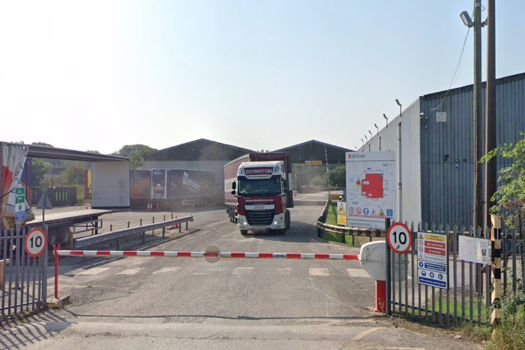This was just one of the forecasts made by the News Corporation chairman and chief executive in his 2006 Livery Lecture speech to the Stationers and Newspaper Makers livery company at Stationers' Hall in London on Monday (13 March).
In time, he said, readers would consume media as if it were fast food, watching and reading news and sport clips on the go, using
e-devices such as PDAs and mobile telephones.
But he underlined newspapers' importance. "Never has the flow of information and ideas, of hard news and reasoned comment been more important," he said.
Crucially, however, he added that newspapers must provide their readers with a choice of accessing their news in both printed pages and online.
Murdoch said that traditional newspapers still had many years of life left in them, but also that newsprint and ink would be just one of the many channels used to communicate with readers.
He emphasised that this did not signal an end to print journalism.
"Great journalism will always attract readers," he said. "They [journalists] must feed the mind and move the heart."
"Caxton's printing press marked a revolution that is still with us 500 years later." In response to questions from the floor, Murdoch said that if he had his time again, he would still be involved in newspapers.
He also added that News Corporation's decision to step back into the sector was a response to the UK's thriving magazine industry.
Concluding on an upbeat note, Murdoch said that publishers should have the "courage to use technological change as it unfolds to help make a better world."
Meanwhile, Ifra is to launch one of the largest and most comprehensive examinations of the future of consumers and the news media.
More than 3,000 media organisations from across the world will take part in the 1m (690,000) "Where News?" funded project which will officially kick off at the end of this month.








